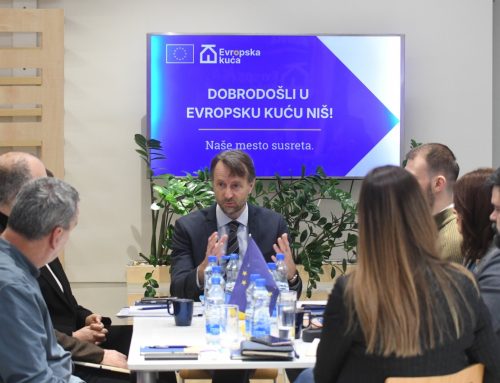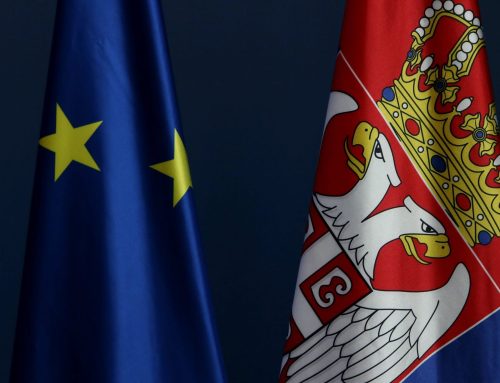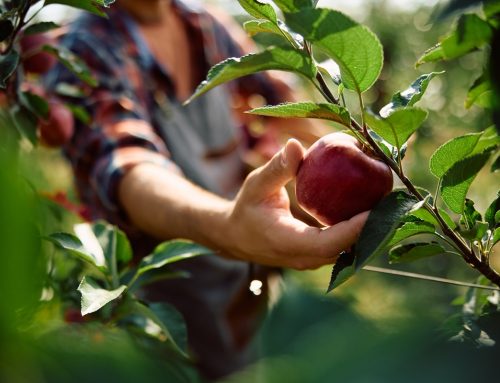Thanks to EU grants, more than 160 houses have been built, over 180 houses and 15 schools reconstructed, whereas 540 small, family enterprises have been supported, said today Head of the EU Delegation in Belgrade Michael Davenport.
In the area of agriculture, EU pre-accession assistance (IPA funds) was largely used to fund prevention measures, said Davenport at the opening of the conference presenting EU support for flood relief. Part of this support has been aimed at agricultural households in Serbia.
He reminded that, after the floods, the EU allocated EUR10 million to support the revival of agriculture in the initial stage, with additional EUR70 million in the following stage. Davenport said he saw himself that Serbian agriculture, “the backbone of economy,” suffered the gravest consequences of floods and he was happy to know that, by the end of 2015, more than 26,000 agricultural households received substantial assistance. The conference announced that farmers in seven municipalities in Eastern Serbia would receive EU assistance packages in following months. The assistance will be distributed to agricultural households in Majdanpek, Kladovo, Zajecar, Negotin, Svrljig, Boljevac and Knjazevac.
Minister of Agriculture Snezana Bogosavljevic Boskovic thanked the EU and UN Food and Agriculture Organisation (FAO) for their swift and timely response for flood relief. She said that, by the end of January 2016, FAO distributed significant assistance to more than 33,000 agricultural households in 41 municipalities in Serbia out of IPA funds. Director of Government Office for Management of Public Procurement Marko Blagojevic said that the importance of EU’s was paramount, given that it provided EUR162.2 million for flood relief and thus made itself the biggest donor. He said that the aspect of insurance in the area of agriculture should be one of the key topics within the disaster prevention discussion.




